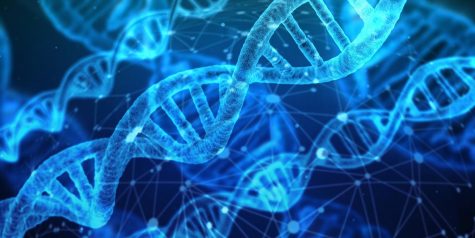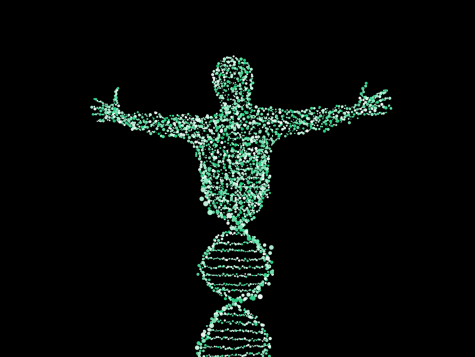A Revolutionary Brand New Gene Editing Technique
A Revolutionary Brand New Gene Editing Technique
![]()
Safely cutting and editing DNA is now easier than ever with prime editing! In the past, scientists have depended on CRISPR technology in order to edit genomes and explore the possibilities of correcting genetic defects, as well as treating and preventing the spread of diseases. Now, with this brand new technique, CRISPR’s shortcomings no longer need to limit the scope of gene editing potential.
First, what is CRISPR? CRISPR is a gene editing technique that was discovered when scientists studied a bacteria’s immune system. In the bacteria, the CRISPR system steals some of the DNA of any virus which attacks the bacteria, and implementing that into its own DNA, which helps the bacteria more easily identify and attack the virus. Scientists replicated this system in order to cut and replace pieces of DNA – a process which could completely transform the faulty genes responsible for causing various disorders ranging from color blindness to cystic fibrosis.
While the potential benefits and treatments possible thanks to CRISPR are vast, it is limited in how precisely it can change or edit DNA – a limitation which the new gene editing technique intends to overcome.

So how does this acclaimed new technique work?
Known as “Prime editing”, the technique involves the fusion of two enzymes. These two enzymes are CAS9, one of the enzymes which CRISPR uses, and an enzyme known as reverse transcriptase. Once these enzymes are combined, they are incorporated with an RNA molecule called pegRNA, which is specifically designed to help guide the enzymes to the target DNA site with the new edited construct.
But how exactly does prime editing make such effortless cuts and edits in the DNA? The answer lies in how the technique only cuts one strand of the DNA double helix, which considerably decreases the chance of making unintentional or harmful changes.
Aside from making more precise DNA edits, prime editing doesn’t rely on a cell to perform mitosis. In other words, prime editing can make the necessary DNA changes without relying on the cell to divide and help with the editing procedure. Considering that the cause behind many diseases entails genetic mutations which involve cells with the inability to divide, it’s clear to see why the power of prime editing is so revolutionary.

However, scientists aren’t the only ones who believe in the potential behind prime-editing. Mrs. Boyer, an experienced former employee at the Virginia Genetics and IVF Institute, also marvels at the newfound technology sharing, “I think this is the future for gene-editing.” She also believes that genetic modification “will happen in people before it has a lot of restrictions…because laws can’t keep up with science, science is always a step ahead.”, which may imply some dangerous repercussions for how the power of gene-editing can be abused.
Nevertheless, with all of these advantages combined and high public expectations, prime editing serves as a symbol of how far genetics has progressed, and perhaps paves the way for the development of even more revolutionary techniques. Possessing the potential to reform genetic mutations in Parkingson’s disease, Tay-Sachs Disease, sickle-cell disease, and the ability to create genetically modified humans, the contribution of prime editing is bound to considerably expand what gene editing can accomplish and vastly improve the health of numerous patients around the world.

Hi, I’m Elene, a senior and staff writer at Oakton Highschool. My main talent includes always looking and feeling tired, but I also have an affinity...




